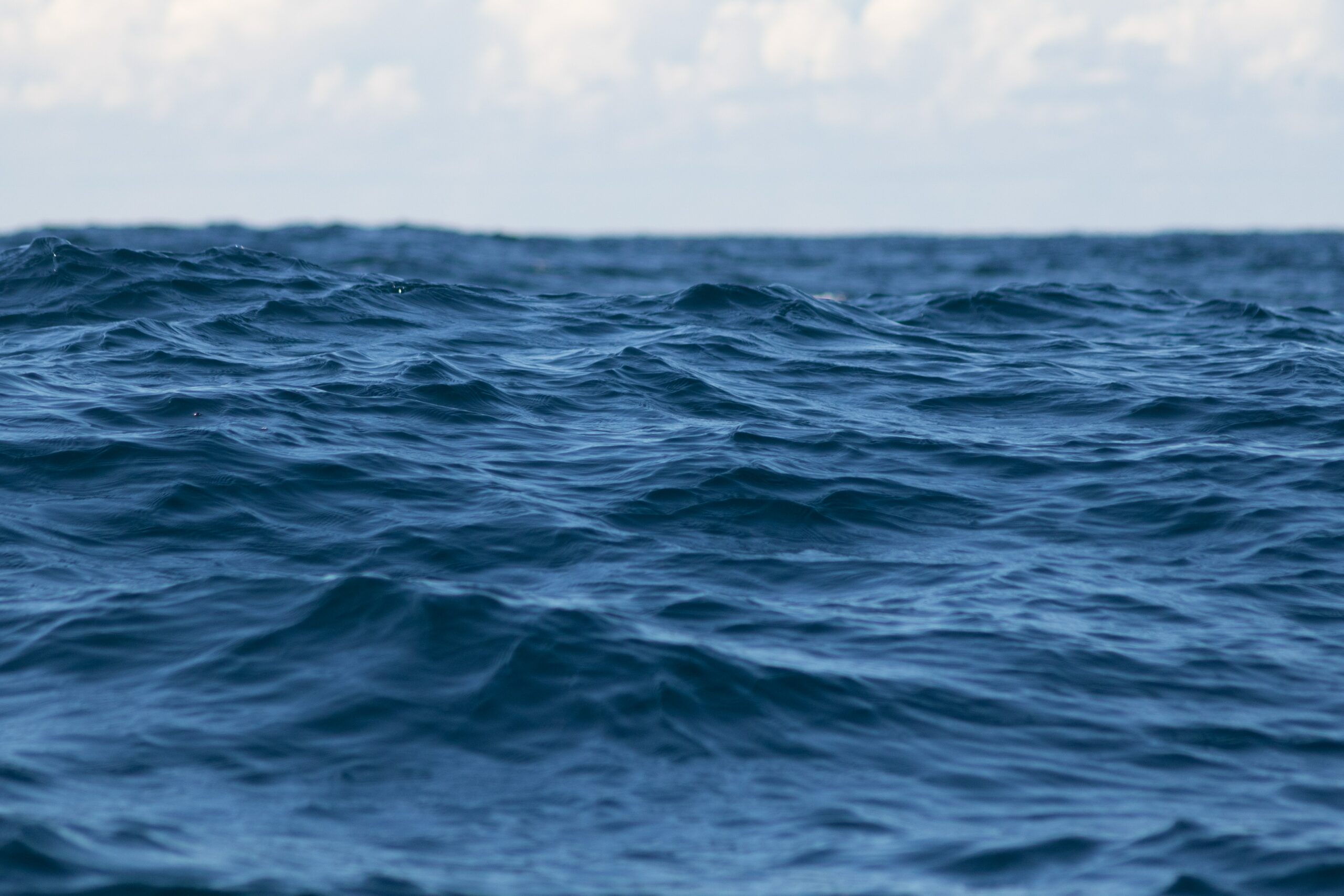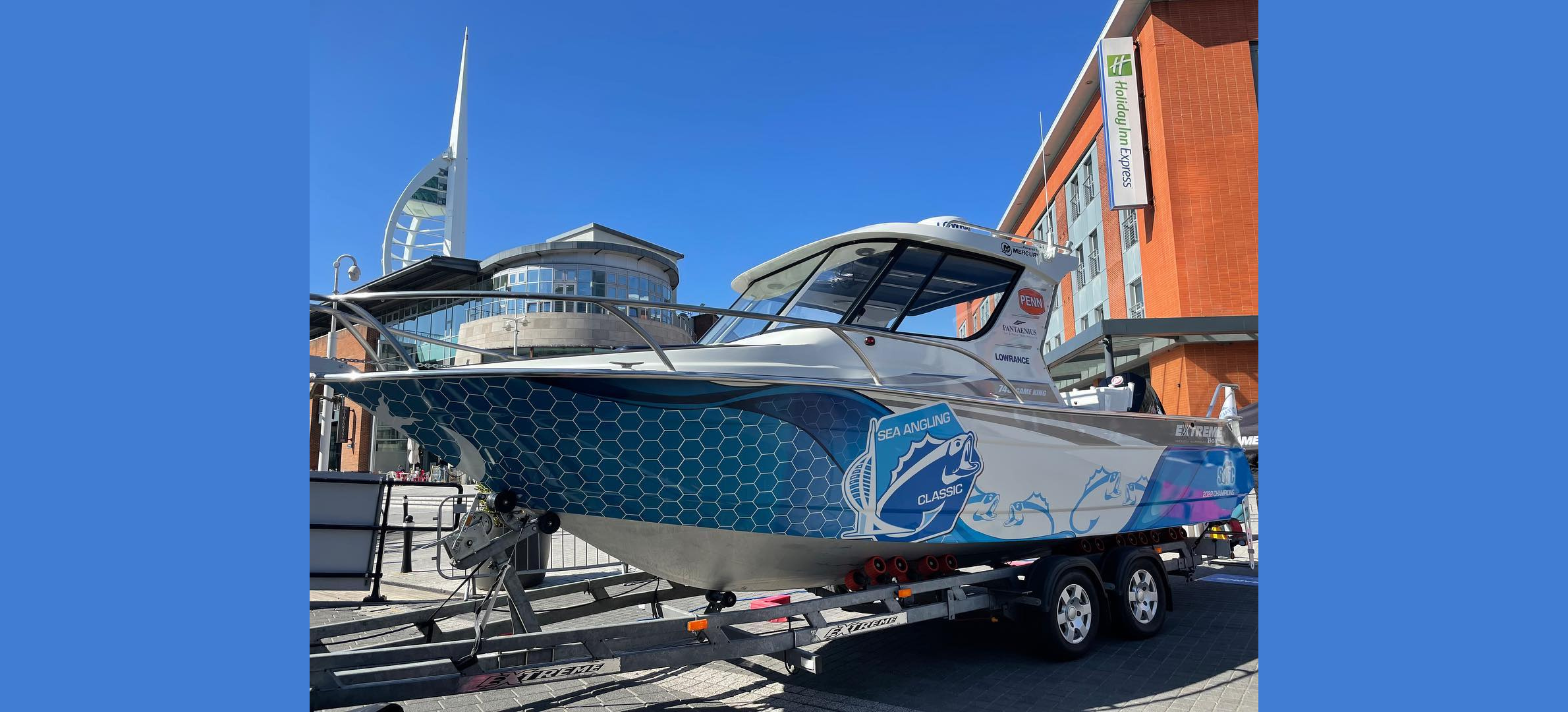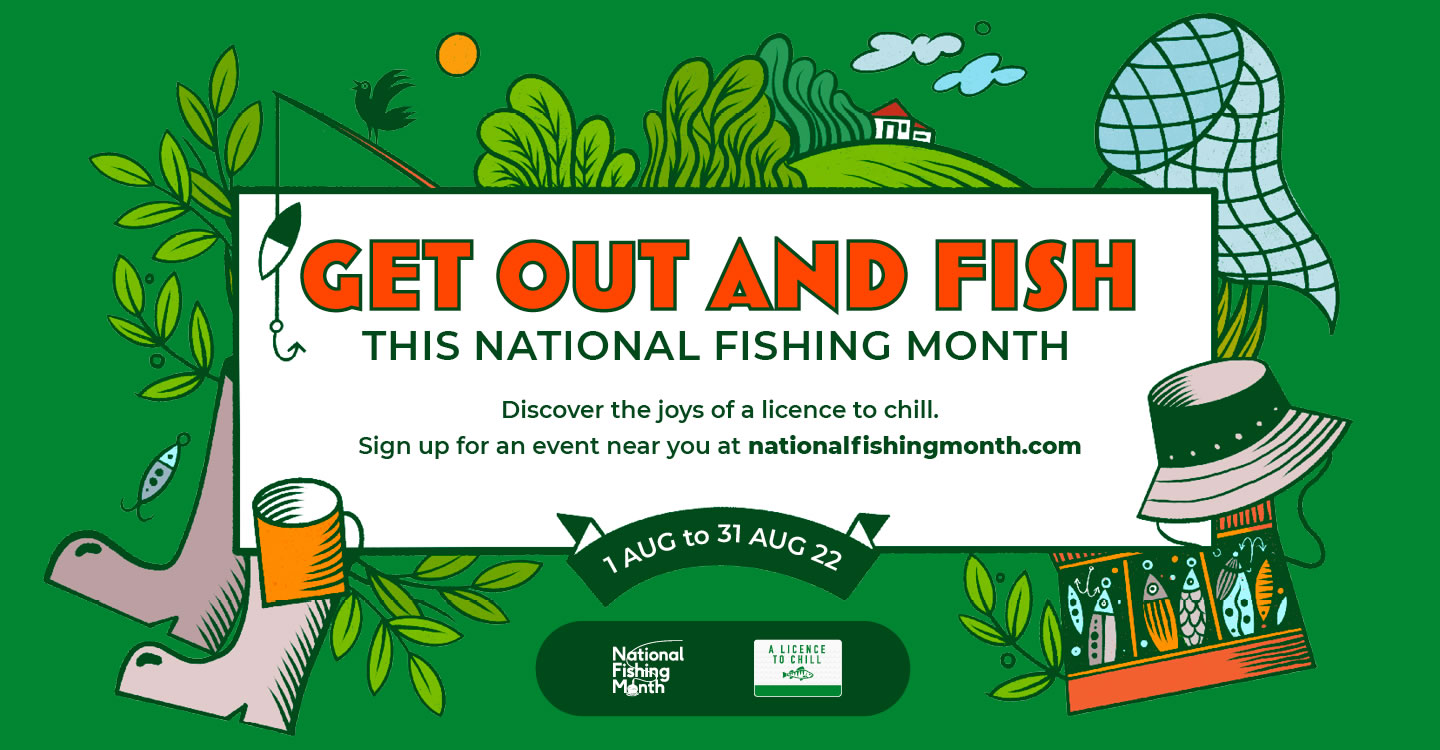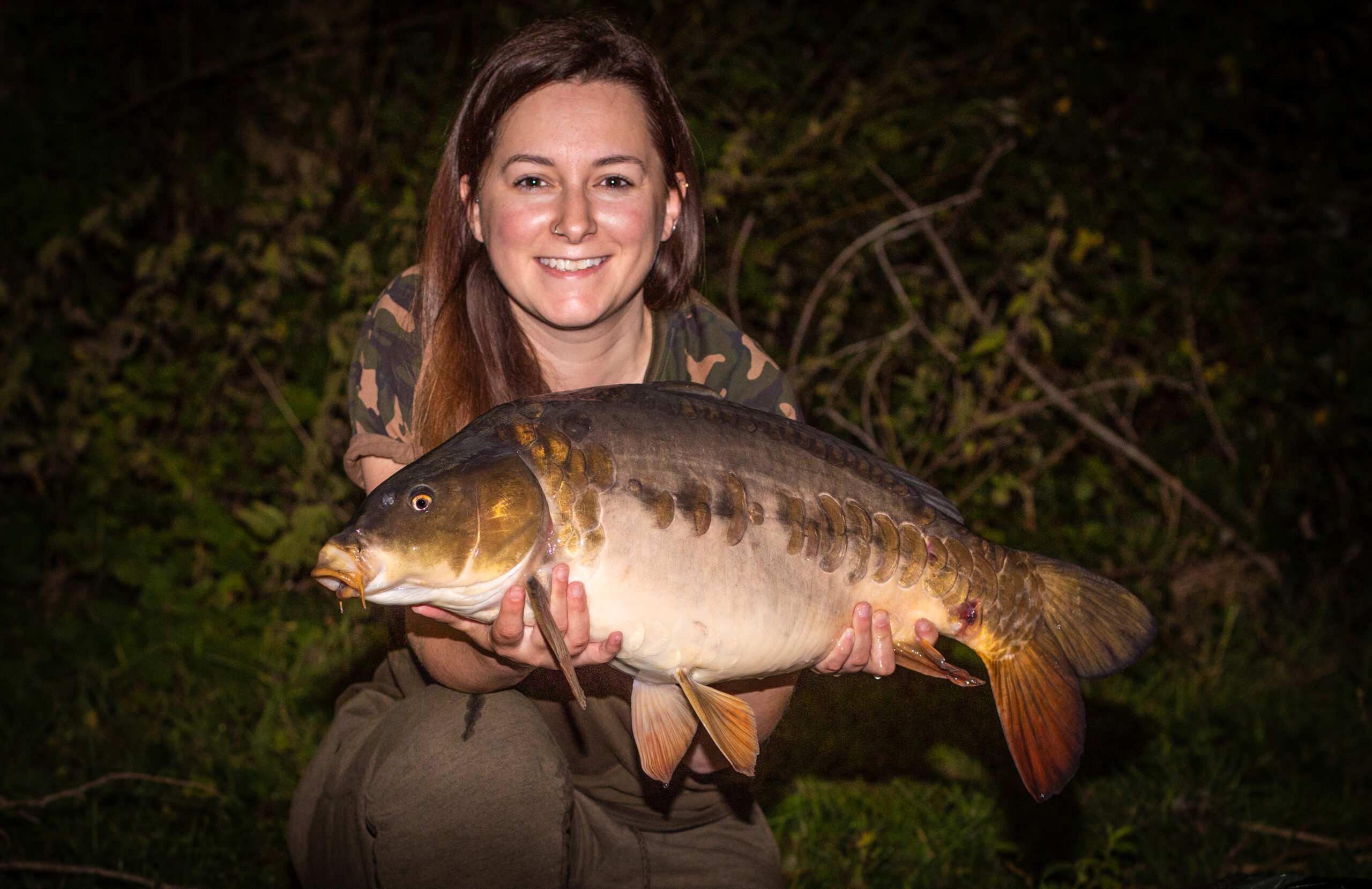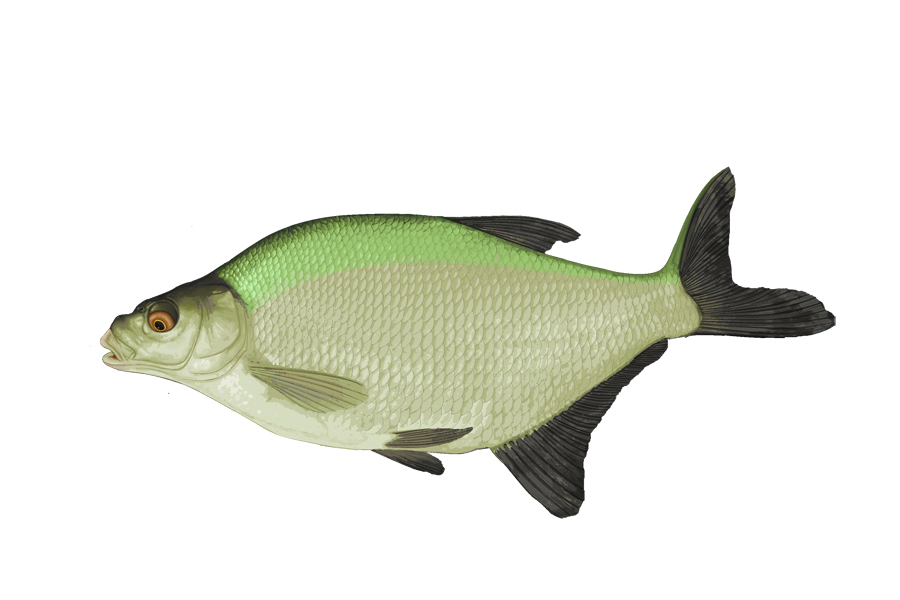
Get Fishing Resources - Fishbook
Fishbook: Bream

‘Fishbook’: Our species-guide series based on “Get Fishing”
the brilliant how to fish book by Allan Sefton
We profile the UK’s most common as well as some lesser-known fish species to help newcomer anglers find out more about fish that can be caught in our lakes, canals, rivers, ponds and sea.
Understanding the kinds of fish you might catch will add interest and could even make your fishing easier! Here you’ll find out more about…
BREAM
Name:
Bream
Scientific name:
Abramis brama
Life span:
Around 15-20 years
Typical size:
Between 1-6lb
British record:
Common bream 22lb 11oz
Waters:
Like tench, bream can be found in ponds, lakes, canals and in some slow-moving rivers
Interesting fact:
A hooked bream becomes unbalanced after a brief struggle and falls on its side when it is lifted to the surface
About Bream
Bream are shaped like a flattened disc. This ‘circle’ is broken by long fins and a pointed tail.
Bream have a long, telescopic mouth to help them search in mud for bloodworms, the larvae of the non-biting midges (Chironomids) – the most common freshwater insects in the world. Their larvae and pupae are the primary food of millions of fish and other animals. Adults are often so numerous that they create smoke-like plumes above lakes. (In the UK, bloodworms can sometimes be purchased, or you can collect them yourself, for use as bait.)
Bream are most numerous in lakes, ponds and slow-moving rivers where these insects are abundant.
Bream feed in shoals and are attracted to anglers’ groundbait. Throwing in balls of bait made from a mix of maize-meal, breadcrumbs and crushed, sweet seeds laced with maggots and worms creates bream heaven.
When a big shoal moves in, the angler who has laid the trap catches fish after fish. A fellow-angler, fishing nearby, may catch nothing!
A hooked bream becomes unbalanced after a brief struggle and falls on its side when it is lifted to the surface. Small bream are called ‘skimmers’ by coarse anglers. Big bream are known by anglers as ‘slabs’.
Visit the rest of the How To Fish video gallery here to learn new tricks and discover more about the basics of angling.
Find out more about:
Read more about how you can get into coarse fishing. Alternatively, find a venue near you where you can #getfishing!
Some of the above content is taken from the new book, Get Fishing – the ‘how to’ guide to Coarse, Sea and Fly Fishing by Allan Sefton published by Merlin Unwin Books. This colourful, lively book is aimed at complete beginners of all ages, those who have been out fishing a couple of times and want to take it further and families of all abilities. It’s also packed with top-tips and info that make it useful for more experienced anglers too. Find out more about, and purchase a copy of the book here.
Header image thanks to David Overland and text reproduced with permission and © Merlin Unwin Books.









